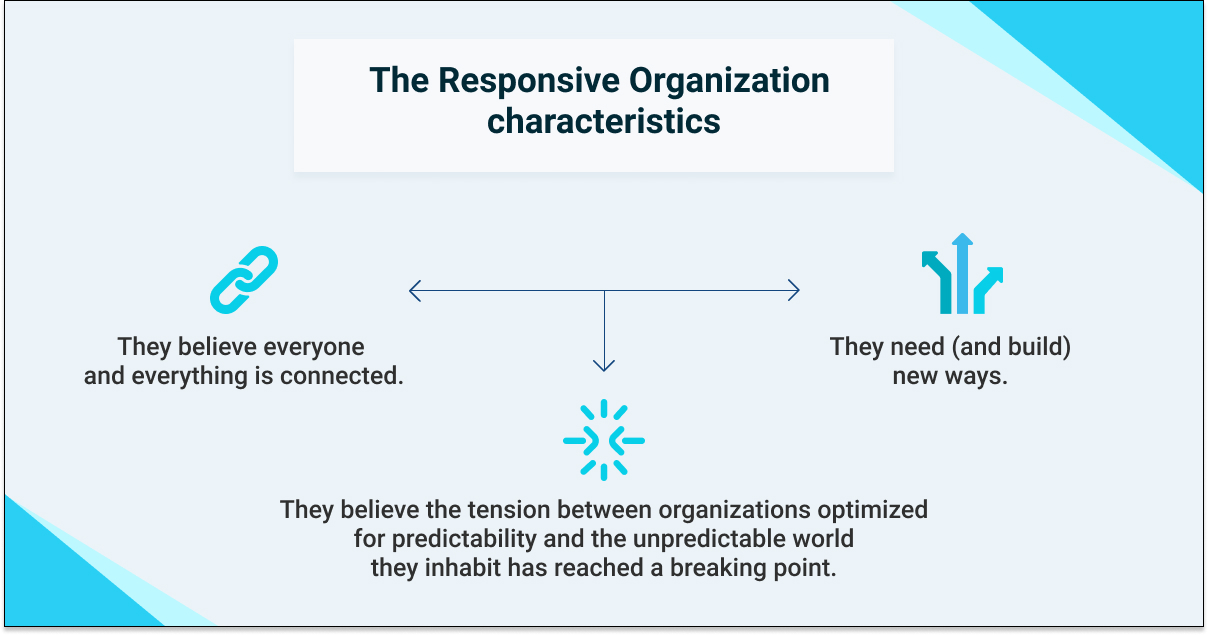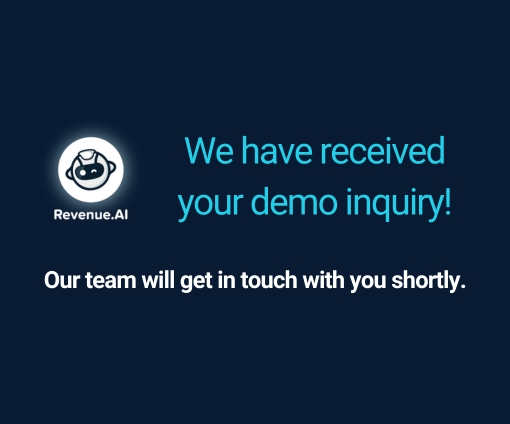When we speak about business agility, we usually relate it to short iterations enabling continuous delivery which ultimately support shorter times to market. For achieving that state, all involved stakeholders are required to sail in between responsiveness momentums and cost-effective solution development.
Sometimes, due to different reasons, we might need to choose cost-effective solutions over responsive ones. Nevertheless, and mostly when working on changing and volatile environments, there is nothing like being able to seize those crucial moments that can take our product above and beyond, take that chance and respond quickly and effective.
We know it’s highly unlikely our team would be both, cost-effective AND responsive. Lately, organizations are moving closer towards creating a responsive organization, which is achieved through adaptability and agility to respond to market and customer needs. When speaking about software development, cost-effectiveness is usually focusing on staff utilization / resourcing (the so- called delivery throughput).
What a responsive organization stands for?
The Responsive Organization Manifesto outlines few characteristics:
– Everyone and everything is connected.
– They believe the tension between organizations optimized for predictability and the unpredictable world they inhabit has reached a breaking point.
– They need (and build) new ways.Responsive Organizations are designed to thrive in less predictable environments by balancing the following tensions:

Profit <-> Purpose – Rather than viewing profit as the primary goal of an organization, progressive leaders see profit as a by-product of success. They aim to do well by doing good.
Hierarchies <-> Networks – It is no longer necessarily true that coordinating through a Manager is more effective than people self-organizing. Working as a network allows us to organize with many different kinds of connections, and increased autonomy.
Controlling <-> Empowering – By inspiring and empowering people at the edges to pursue the work as they see fit – strategically, structurally, and tactically instead of the Command and Control / centralized, top down decision-making approach.
Planning <-> Experimentation Responsive organizations still need a long term vision, but make progress through experimentation and iteration.
Privacy <-> Transparency – Trusting people who share the organization’s purpose to act on information as they see fit often outweighs the potential risks of open information being used in counter-productive ways.
(Source https://www.responsive.org/manifesto)
Due to the growing trend of reducing delivery iteration timeboxes, aimed at satisfying our customers earlier and adapt to changing needs, its crucial to spot and utilize any available opportunity to improve responsiveness even if efficiency needs to be reduced in some specific point.
For example, imagine we are developing a product and we are in a situation that we need to choose between dividing our team and allocate some resources for responding to customer feedback needs and iterating on that versus focusing all teams’ effort on developing a new feature (that is not really affecting or limiting current usability and Is focused on rather attracting a new market segment).
What would you do? If we allocate some capacity to address that feedback our market is giving we would drop our net velocity as we would need to perform some designs and drafts before we can actually deliver business value.
But at the same time, if we do not address our current market needs, then this might result on lower customer satisfaction, adoption and therefore, revenue. So in this case, here we are, in between responsiveness and efficiency.
Even if from an delivery efficiency perspective it would be logical to allocate all resources on finishing the new feature, our current market needs are indicating that we should, for the sake of the product, prioritize responsiveness over business value delivery, always bearing in mind that we should try to avoid having multiple workstreams open.
How our organization and team is design also has a big influence on our responsiveness capabilities. When maintenance teams are siloed or we are in presence of matrix organizations, we usually find common responsiveness anti-patterns. Short release cycles require a different approach than longer ones leading the teams to move closer to a continuous flow delivery approach.
So then, How can we move closer towards being a more responsive organization?
- By considering time efficiency from a customer perspective rather than our own.
- To use those not so cost-efficient situations in a way that would provide our customers a WOW moment, which would increase product adoption and usability.
- If your first priority is to be responsive, then design your teams for it. Then take some time to rethink the organizational model and how to optimize it to be cost efficient always focusing on individuals, their skills and their potential, for example, by developing the capability of moving your team members across the organization seamlessly.
- Foster an extreme ownership approach where people are willing and able to alter their direction based on data-driven insights and reframe their targets.
Are you ready to hyperjump your business delivery value?






